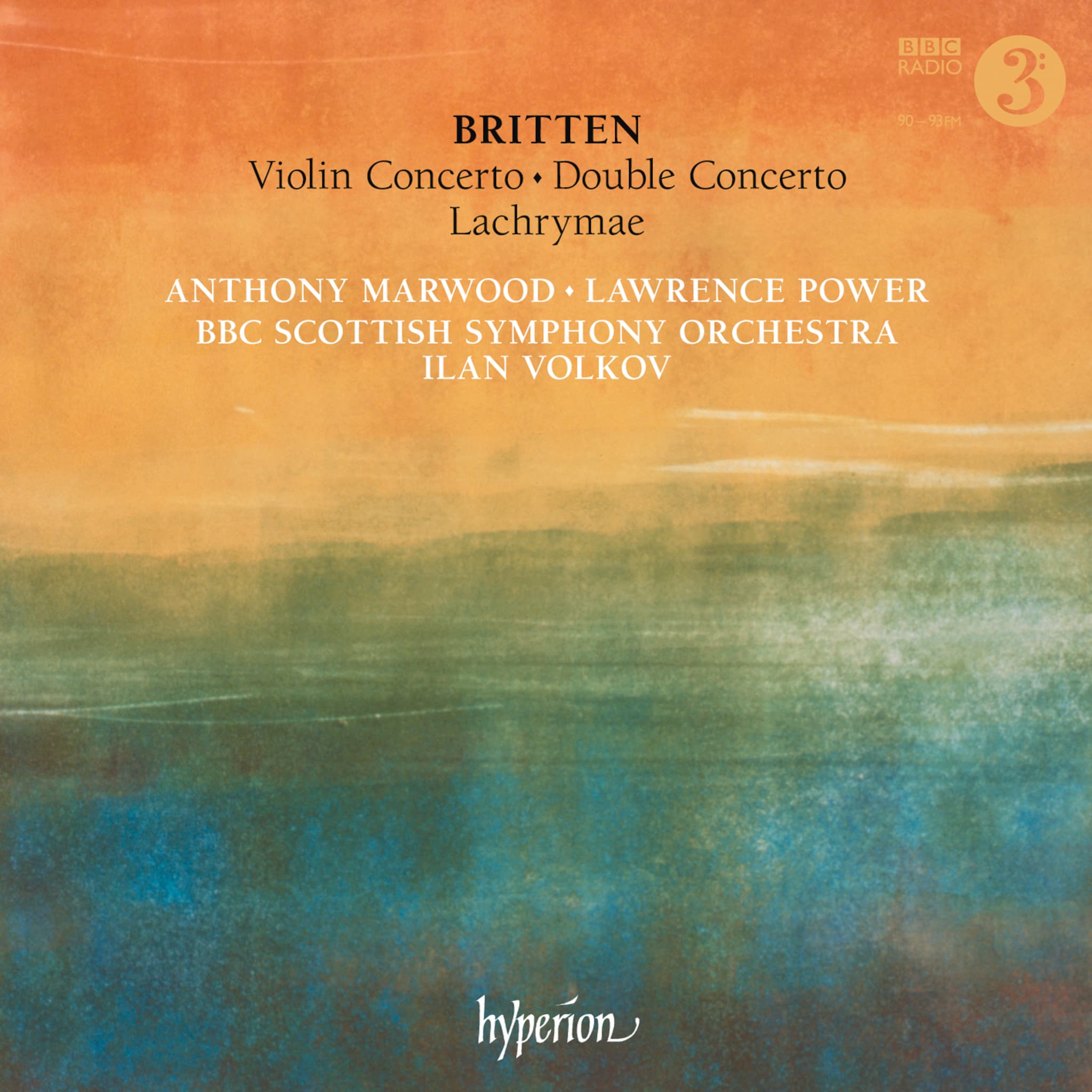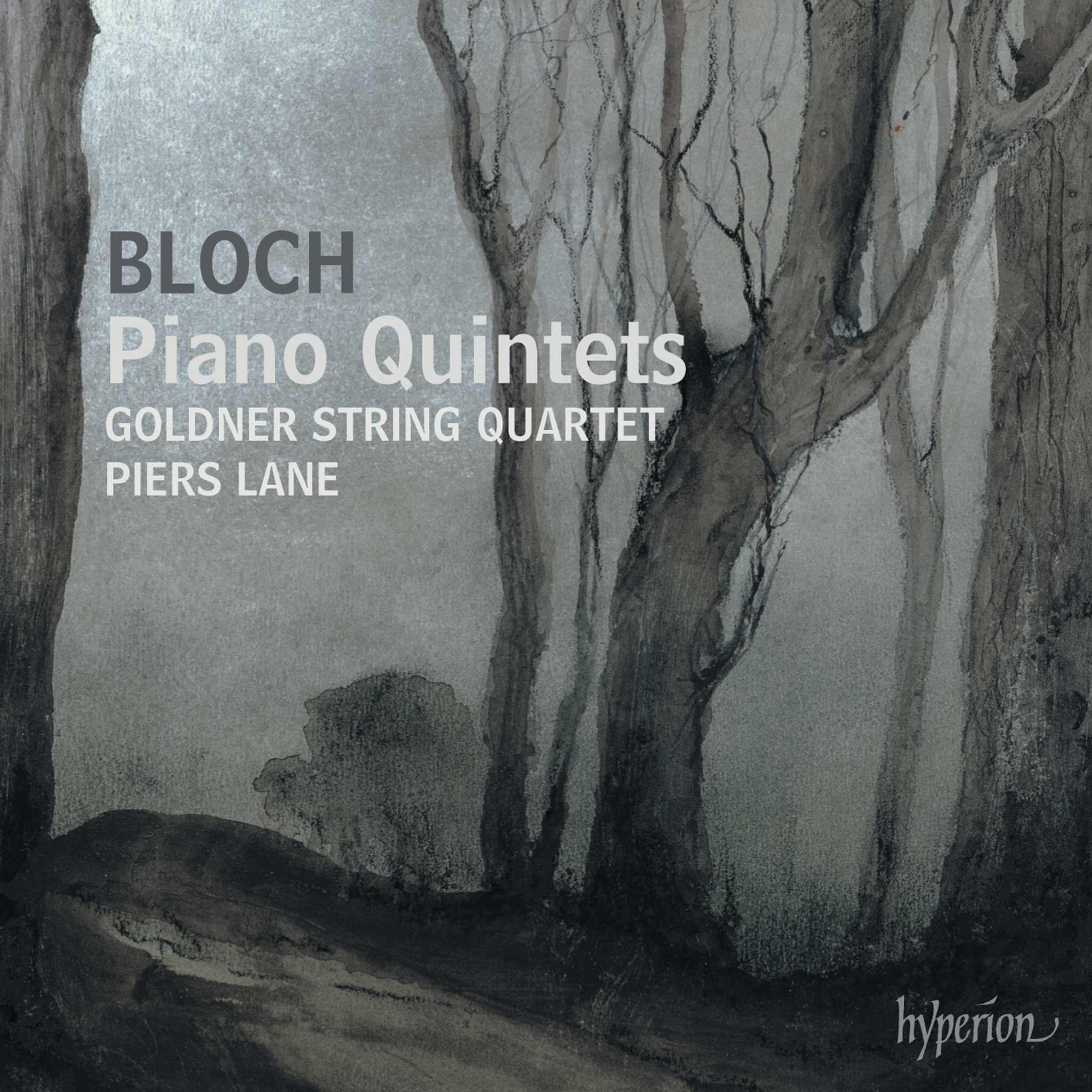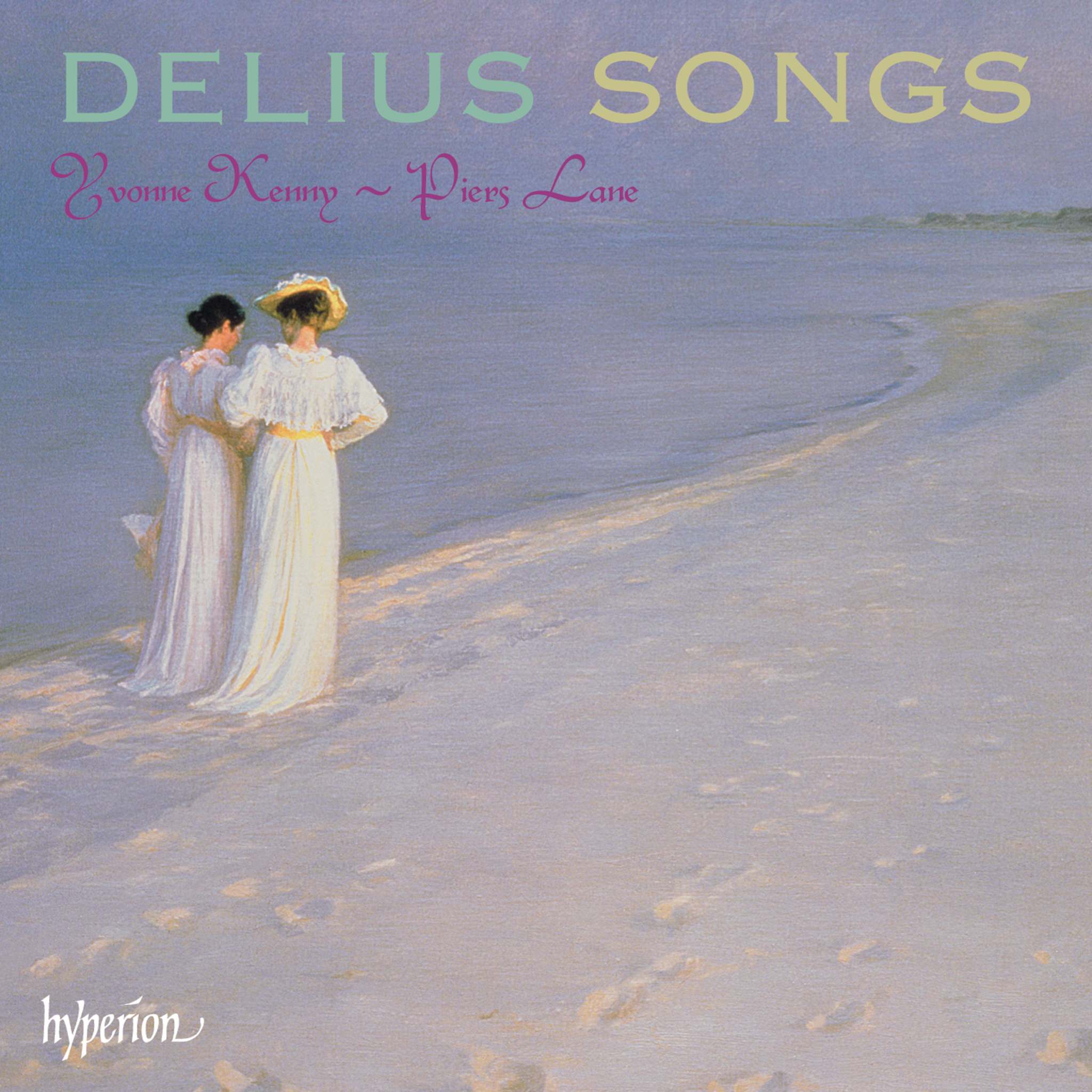Album insights
Antonio Vivaldi, skilled in violin playing from his father in Venice, also trained for priesthood at his family parish, San Martino in Castello district. By the age of 25, he had already emerged as a soloist in Christmas masses at San Marco, even before his ordination in 1703. That same year, he began teaching string instruments at Ospedale della Pietà, one of Venice's renowned orphanages. Remaining connected with the institution throughout his life, Vivaldi's health issues led him to halt his priestly duties around 1706. Despite his health challenges, he embarked on journeys to secure opera commissions in cities like Florence, Rome, Prague, and Vienna.
Although many assume Vivaldi composed primarily for Ospedale or the opera, the origins of his concertos lie elsewhere. During his lifetime, twelve printed collections featuring chamber and orchestral works under his own opus numbers were released. Initial publications of Opus 1 and Opus 2 occurred in Venice, with subsequent ones all originating in Amsterdam. Notably, collaborations with publisher Estienne Roger birthed works like L'estro armonico (Opus 3, 1711) and La stravaganza (Opus 4, 1716). However, succeeding publications seemed to be produced without direct involvement from the composer himself.
In the mid-1720s, Vivaldi forged a close partnership with Estienne Roger's son-in-law, Michel-Charles Le Cène. This led to the publication of Il cimento dell’armonia e dell’inventione (Opus 8) in 1725, featuring twelve violin concertos including Le quattro stagioni. Dedicated to Count Wenzel von Morzin, the collection revealed Vivaldi's ties to various patrons and demonstrated his growing influence beyond Venice. The works, particularly the famous Four Seasons concertos, captured nature's seasonal essence in a vivid and innovative musical language.
Transitioning centuries forward, Astor Piazzolla, influenced by eclectic musical environments in Buenos Aires, New York, and Paris, embarked on a pioneering journey in the realm of Nuevo tango. Fusing diverse influences such as jazz, classical composition techniques, and the tango tradition, Piazzolla reshaped the genre. His legendary Cuatro estaciones porteñas, composed between 1965 and 1970, echoed Vivaldi's seasonal theme while embodying a distinctive Argentine flavor. Just as Vivaldi had innovated in his time, Piazzolla revolutionized tango music, pushing boundaries and reshaping musical landscapes for future generations to explore.









